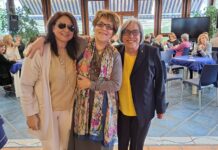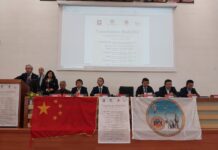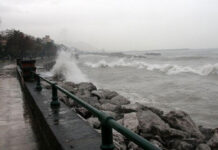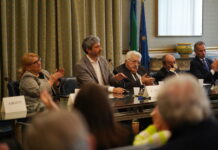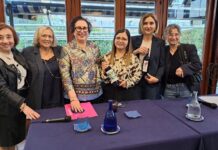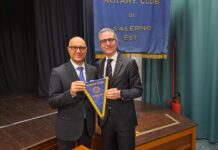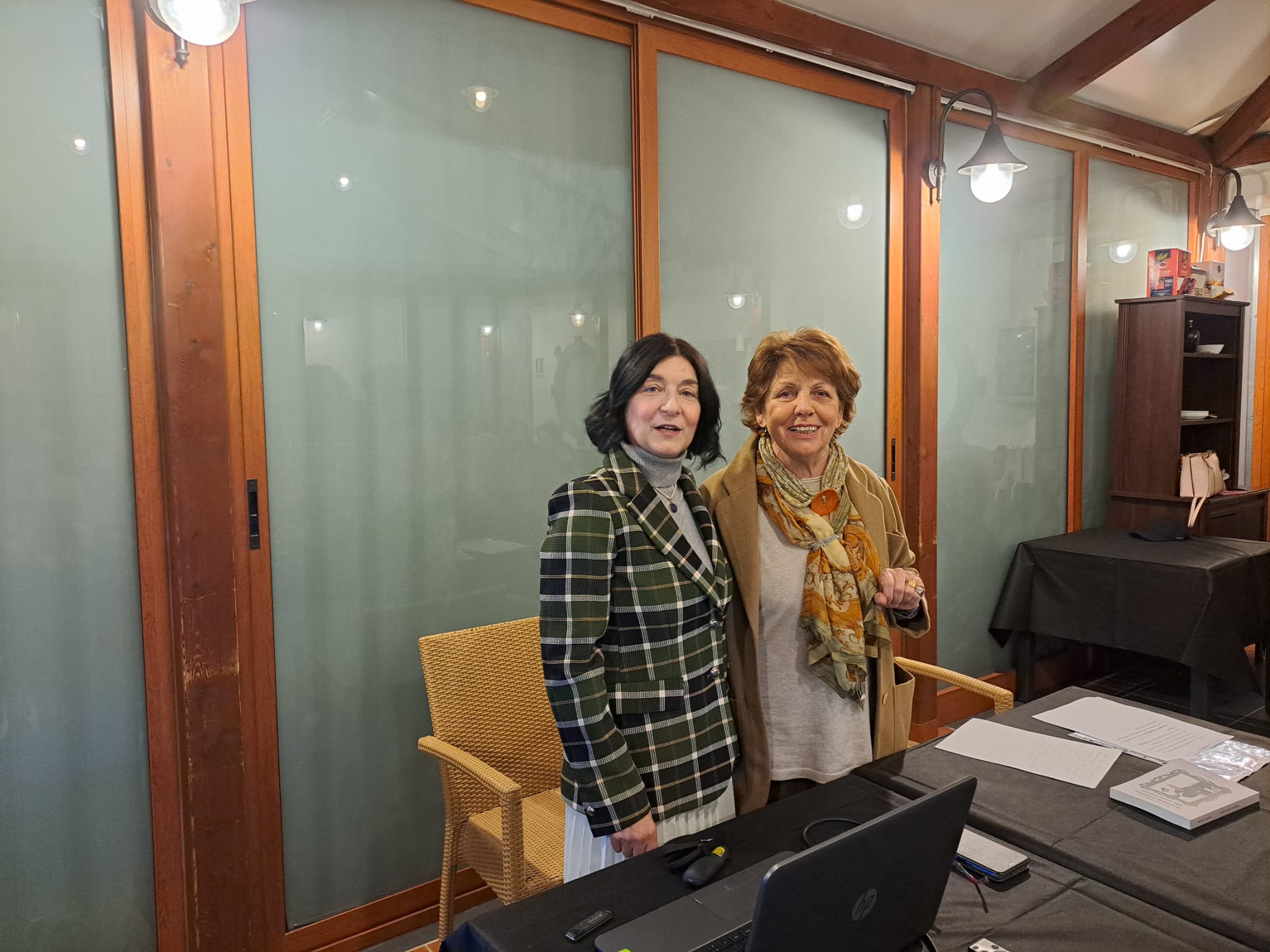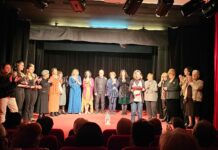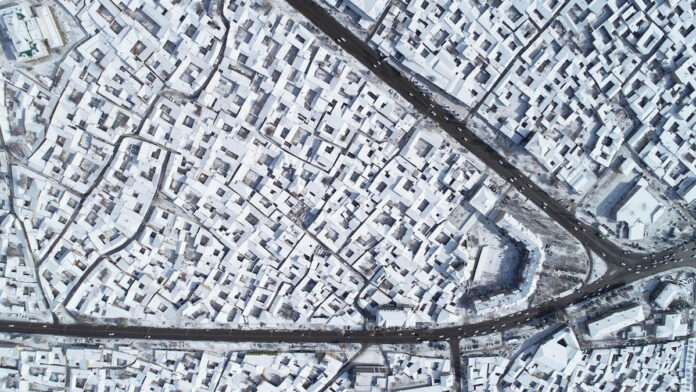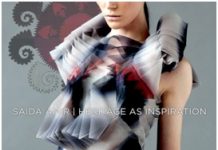The Republic of Uzbekistan participates for the first time at the International Architecture Exhibition – La Biennale di Venezia with the exhibition “Mahalla: Urban Rural Living” curated by Emanuel Christ and Christoph Gantenbein, professors of architecture and design at ETH Zurich, and founding partners of Christ & Gantenbein, and featuring works by Spanish film-maker Carlos Casas, Dutch photographer Bas Princen, and the CCA Lab Tashkent.
The project is commissioned by the Art and Culture Development Foundation under the Ministry of Culture of the Republic of Uzbekistan and its Executive Director Gayane Umerova, with the special support of Saida Mirziyoyeva, Deputy Chairman of the Council of the Art and Culture Development Foundation under the Ministry of Culture of the Republic of Uzbekistan and Aziz Abdukhakimov, Deputy Prime Minister of the Republic of Uzbekistan, Minister of Tourism and Sports, and Chairman of the National Commission of the Republic of Uzbekistan for UNESCO.
The exhibition addresses the theme of the 17th International Architecture Exhibition – La Biennale di Venezia “How will we live together?” by researching an important aspect of cultural heritage that will be reproduced inside the Quarta Tesa: the mahalla. Mahallas represent an ancient and contemporary form of “living together”. The Arabic word “mahalla” has various meanings in Uzbekistan: a traditional neighborhood and a form of organization of community life; a Soviet and a modern institution of power and a place where the state and society meet at the local level.
The starting point for the project is the research and documentation of this cultural heritage led by professors of architecture and design at ETH Zurich Emanuel Christ and Christoph Gantenbein, together with Adjunct Curator and Head of Research Victoria Easton. A crucial part of the research took place in Tashkent where the ETH Zurich team closely collaborated with local advisors like Prof. Abdumannop Ziyayev, Prof. Shukur Askarov, Prof. Mavlyuda Yusupova, Prof. Boris Chukhovich and others including students and in particular with the CCA Lab, a research laboratory of the Center for Contemporary Art in Tashkent, whose task is to develop contemporary art and cultural practices in Uzbekistan, as well as formulating new readings and a new understanding of the region’s artistic heritage.
Drawing on this research, the exhibition offers a scientific investigation and an artistic statement which aims at a critical reading and a tentative exploration of the topic.
Within the Quarta Tesa in the Arsenale, the exhibition provides three different types of appropriation, all of them expressed in a 1:1 scale: a model of a mahalla house occupying the whole venue; an invisible appropriation of the space with sounds from the mahallas transmitted through ambisonic technology recorded by Carlos Casas; and extracts of mahalla houses as fragments of spaces represented in photographs by Bas Princen.
In the garden stands an emblematic item of Uzbek culture so vital to companionable gatherings in any courtyard house: a tapchan designed by the CCA Lab Tashkent. CCA Lab participant Munis Juraeva, created a contemporary interpretation of traditional embroideries, which was executed by designer Madina Kasimabeva. As a whole, this installation is an open-ended three-dimensional collage that invites us to consider new possibilities for living together.
Additionally, an app developed from point cloud models of real houses will allow the visitor to experience the house suggested by the structure, images and soundscapes, as well as five additional domestic spaces.












